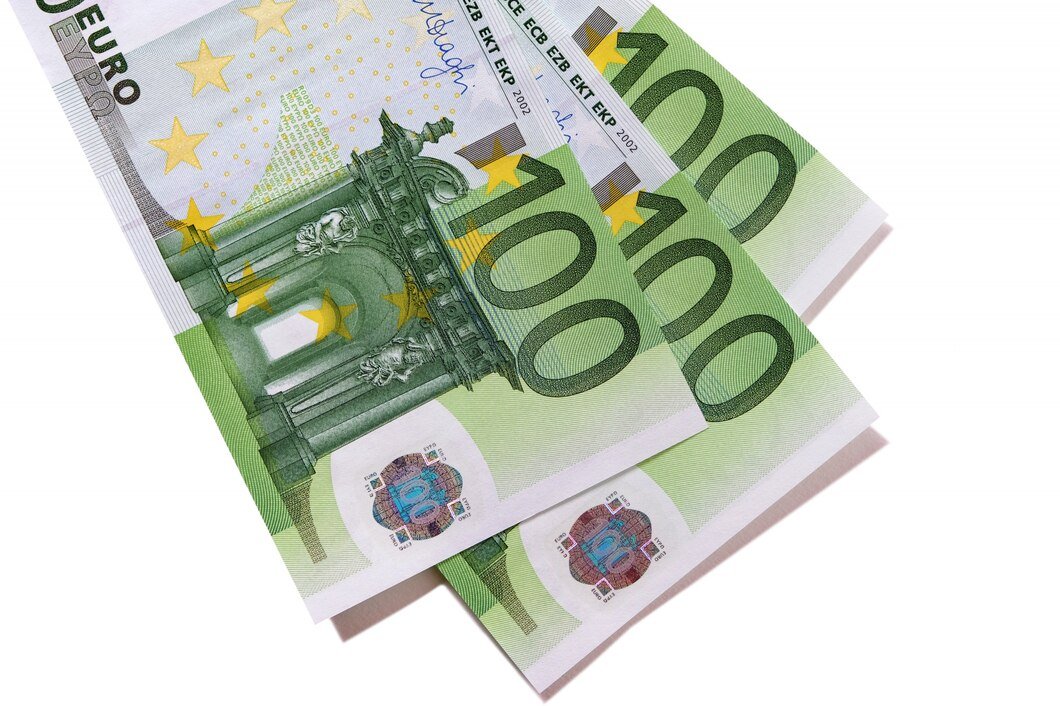EUR/USD Advances as Fed Rate Cut Expectations Weigh Down US Dollar, ECB Shows Hand in Favor of Euro
EUR/USD continued to rise on Monday and is currently trading above 1.1750 as the US Dollar remains weakened by widespread expectations of a 25-basis-point cut in the Federal Reserve rate later this week. Sluggish US economic data, such as the New York Empire State Manufacturing Index falling to -8.7 in September, has supported market expectations of Fed easing, and political demands for more drastic rate cuts introduce yet more volatility. In contrast, the Euro derives support from the European Central Bank, which left rates unchanged and signaled that its rate-cutting cycle is about to end, giving the single currency a stronger foundation. Markets are now paying attention to future Fed guidance and ECB speech for guidance on what is coming policy direction. KEY LOOKOUTS • Markets are currently pricing in a 25 bps rate reduction on Wednesday, with investors keenly looking at Fed Chair Jerome Powell’s guidance and revised projections. • Poor economic data, like the New York Empire State Manufacturing Index falling to -8.7, can reinforce Fed easing expectations. • European Central Bank remarks indicate the rate-cutting cycle is coming to an end, backing the Euro in the face of global currency uncertainty. • Former President Trump’s demands for bolder rate cuts create uncertainty and possible market response leading up to the Fed meeting. EUR/USD continued to move higher on Monday, trading above 1.1750 as the US Dollar is under pressure in the run-up to the Federal Reserve’s policy meeting. Market expectations of a 25-basis-point rate reduction have been supported by soft US economic data, such as the New York Empire State Manufacturing Index’s steep drop to -8.7. In contrast, the Euro is underpinned by the European Central Bank’s move to leave rates unchanged and promise an end to its rate-cutting cycle. Traders are now keeping a close eye on future Fed guidance, ECB commentary, and political interventions that may steer the path of both currencies. EUR/USD rises above 1.1750 as the US Dollar loses strength before the Fed’s anticipated rate reduction. Soggy US economic data and ECB cues in favor of the Euro are pushing the pair upwards. Traders look to Fed guidance and ECB commentary for direction. • EUR/USD remains above 1.1750, gaining for the third day running. • Markets already fully expect a 25 bps cut in the Federal Reserve rate on Wednesday. • The New York Empire State Manufacturing Index fell to -8.7 in September, below forecast. • Sluggish US economic statistics heighten expectations of Fed easing. • Pressure from erstwhile President Trump seeks further aggressive rate reductions. • ECB leaves key rates steady, marking the conclusion of its rate-cutting phase. • Market participants await upcoming Fed guidance and ECB orations for future policy direction. The Euro continued its advance versus the US Dollar on Monday, fueled by increasing expectations that the Federal Reserve will cut interest rates later this week. Soft US economic data, including a sharp fall in the New York Empire State Manufacturing Index, has accelerated market expectations of a rate cut by the Fed. Meanwhile, political demands for more aggressive easing by former President Trump have added another layer of market focus. EUR/USD DAILY CHART PRICE SOURCE: TradingView In the meantime, the European Central Bank has buoyed the Euro by maintaining the core interest rates and indicating that its rate-cut cycle is nearing its conclusion. ECB officials’ comments reiterated that current rates are well-placed and that there are still upside risks to inflation to contend with. Traders and investors will look closely at both the Fed and ECB for forthcoming statements to see in which direction monetary policy will move and how it will affect global markets. TECHNICAL ANALYSIS EUR/USD is displaying a bullish bias as it holds levels above 1.1750, in the neighborhood of the annual high at 1.1830 in July. The pair is boosted by aggressive buying around the major support areas, while short-term resistance zones are coming under test near 1.1780–1.1800. The technical indicators are indicating that if the Euro holds above these marks, additional gains towards 1.1850–1.1900 can be in the offing, while a fall below 1.1720 could trigger a short-term retreat. FORECAST EUR/USD is set to maintain its rising trend as long as the US Dollar continues to weaken and the Fed implements the expected 25-basis-point rate reduction. This would be supplemented by Euro support from the ECB, as well as by healthy market sentiment towards the single currency. The pair may thus be headed towards this year’s highs of 1.1830–1.1850. These resistance areas may be the focus for possible profit-taking by traders, while charts indicate continued buying appetite in the short term. But downside risks lurk if the Fed surprises the market by being more dovish or if US economic data surprises to the upside, firming up the Dollar. Breaking below the 1.1720 support level could initiate a short-run correction, with subsequent support areas around 1.1680–1.1700. Political interference and changes in market mood can also enhance volatility, and traders will have to watch developments closely on both sides of the Atlantic.






